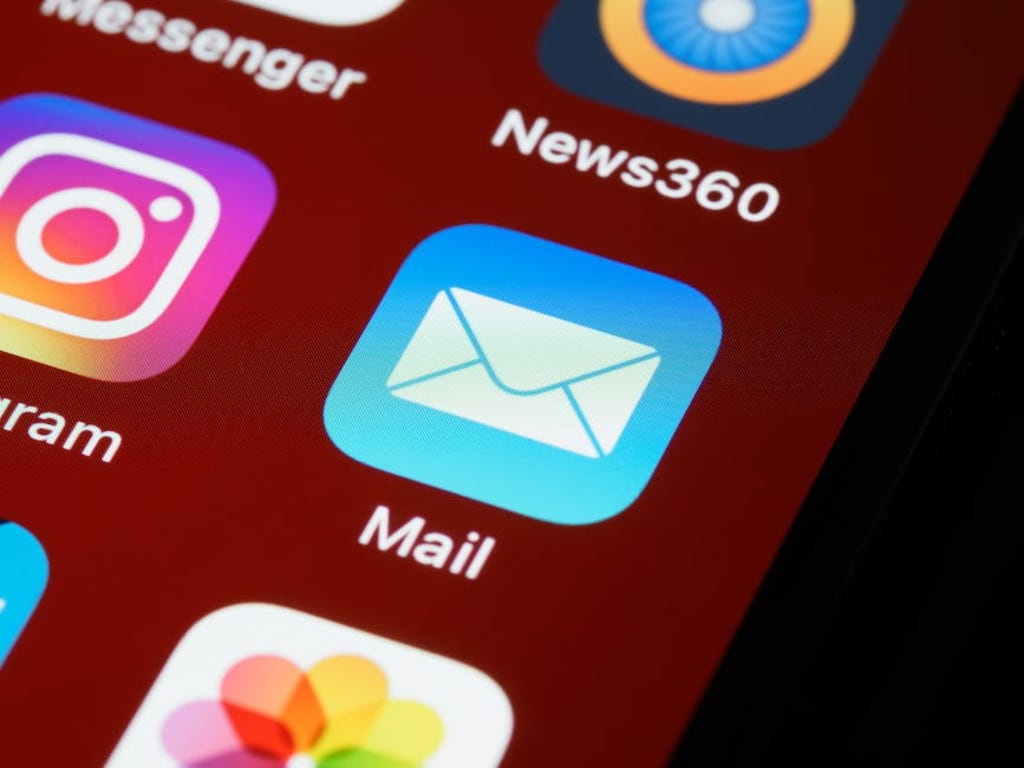How To Boost Your Business Revenue with Email Marketing
Email Marketing Tip and Tricks

Are you looking to boost your business revenue through email marketing? In this blog post, we’ll discuss the value of email marketing for businesses of all sizes and provide tips and tricks for building a strong email list, crafting attention-grabbing emails that convert, and more. By the end of this post, you’ll be well on your way to utilizing email marketing as an effective tool for driving revenue growth. So let’s get started!
Understanding the Value of Email Marketing for Your Business
Email marketing is a powerful tool for driving business revenue, no matter the size of your company. It offers small businesses an affordable way to reach a massive audience, while larger companies can use it to better target their existing customers. This type of direct communication allows you to easily and quickly engage with consumers on multiple levels.
The benefits of email marketing are numerous:
• Low cost – Email campaigns require minimal investment and tend to have high ROIs compared to other forms of advertising;
• Reach – You can reach large numbers of people in one campaign;
• Targeted messaging – You can send personalized emails based on different segmentation criteria like location or purchase history;
• Fast delivery – Emails are sent instantaneously;
• Improved customer relationships – By providing relevant content at the right time, you can build stronger connections with customers over time.
How Email Marketing Can Increase Your Revenue Streams.
Email marketing is an effective way to increase your business’s profits by increasing sales, building brand awareness, and improving customer loyalty. Here are some ways email marketing can help boost your bottom line:
• Generate more leads through targeted campaigns that convert prospects into paying customers;
• Grow existing customer relationships by offering discounts or exclusive offers;
• Cross-sell or upsell products or services related to what they've already purchased from you in order to increase per-customer transaction values;
• Retain customers by reminding them why they chose your product or service in the first place;
• Reactivate dormant customers who haven't purchased from you in a while by sending them deals tailored specifically for them;
• Drive traffic back to your website by including links within emails that lead directly there.
Building a Strong Email List for Effective Marketing
Having a large email list that is continually growing is essential for any successful email marketing campaign. To ensure your list is full of engaged and interested subscribers, there are certain best practices to follow when acquiring new emails.
First, it’s important to offer something of value in exchange for an email address. This could include exclusive discounts or offers, access to content not available on the web, or other incentives like free shipping or a complimentary product sample. Not only will this help you acquire more emails from interested customers, but it will also encourage them to stick around and become loyal supporters of your business.
You should also make sure the process of signing up is quick and easy. Keep the subscription form short with just the necessary fields; don’t ask too many questions as this may turn people away from subscribing. Additionally, be sure to add a checkbox that allows people to opt-in for additional communications beyond what they initially signed up for – this way they don’t miss out on other promotions and news about your business that might interest them down the line.
Segmenting Your Email List for More Personalized Campaigns.
Once you have acquired subscribers through various channels (website sign-up forms, popups, etc.), it’s essential that you segment your list effectively so you can deliver personalized messages tailored to each individual subscriber’s interests and needs . This can be done by categorizing subscribers based on certain criteria such as age group, location, gender or past purchases/activities on your website. Doing so allows you better understand each customer segment individually and create targeted campaigns specifically designed for them. For example , if you know someone has made a purchase recently , then sending out promotional emails with discounted items related to their previous purchase would likely yield higher engagement rates than generic promotional messages sent out across all segments. By understanding which types of messages work better depending on which audience segment , businesses can optimize their campaigns accordingly resulting in higher conversion rates over time.
Crafting Attention-Grabbing Emails That Convert
When you’re crafting the content of your emails, it’s essential to create engaging subject lines that will get your subscribers' attention. Your email subject line should be short (no more than 50 characters) and direct so that users can easily understand what the email is about. Additionally, use relevant keywords in your subject line so that it stands out from other emails in a subscriber's inbox.
You also want to make sure your copy is concise yet interesting enough to capture readers' attention and motivate them to take action. Keep your sentences short and sweet, but include enough information to give readers an understanding of what you're offering or promoting. You can use storytelling and testimonials in the body of your emails as well. These help build relationships with customers by communicating an emotional narrative about why they should purchase a product or service from you.
Including Eye-Catching Images and CTAs (Call To Action) in Your Emails
In addition to compelling copy-writing, it's important to include eye-catching images throughout your emails that are relevant to the content being shared. This helps draw readers in and gives them a visual representation of what they're getting when they sign up for something or purchase products or services from you. Additionally, including visually appealing call-to-action buttons within the body of emails encourages users to click through immediately and take action on whatever offer may have been made available via email marketing campaigns (e.g., discounts). Furthermore, don't forget to link any external pages mentioned within email copies directly into the text itself - this way potential leads can learn more about what you do without having to search for additional information elsewhere on the web!
Creating and Measuring the Performance of Your Email Campaigns
Developing a Comprehensive Email Marketing Strategy
When creating your email marketing strategy, it’s important to consider how each piece fits into the larger picture. Start by defining what you want to achieve with your emails; having clear objectives will help guide your decisions throughout the process. Once you have a goal in mind, decide on the type of content you'll send (e.g., educational, promotional). Then, create an editorial calendar that maps out when you’ll be sending emails and what topics they’ll cover. This will ensure that your campaigns are consistent and timely while still being creative and captivating for readers.
Choosing the Right Tools for Your Email Campaigns
There are a variety of apps available to help make managing email campaigns easier and more effective. From automation software that helps streamline processes like list segmentation and email scheduling, to A/B testing tools that allow you to measure performance across different versions of an email, these programs can be invaluable assets as you continue to grow your business through email marketing. To ensure that you’re using the right app for your needs, research the various options you need carefully before choosing.
Measuring Your Email Campaign Performance
Once your email campaign is up-and-running it's time to monitor its progress over time so that adjustments can be made as necessary based on results from previous campaigns. Utilize metrics such as click-through rate (CTR) or open rate (OR) as key indicators of success: if CTR is low then consider reworking content or subject lines; if OR is low then look into making sure subscribers are receiving emails correctly or improving list segmentation strategies among other approaches.. Additionally, track conversions generated from specific campaigns so that future efforts can be tailored accordingly in order to maximize revenue potential moving forward.
Conclusion
Email marketing is an effective and budget-friendly way to boost your business revenue. By understanding the value of email marketing, building a strong email list, and crafting attention-grabbing emails that convert, you can create campaigns that will help you increase sales and reach new customers. With these tips and tricks in hand, you now have the knowledge to create successful email marketing campaigns for your business.
So take action today with a recommended email app! Start building out your email list and craft engaging emails that will drive customer engagement and ultimately generate more revenue for your business!
About the Creator
Steven Pfister
I enjoy sharing articles about health, wealth, and making money online. I also like sharing articles about saving money.
Enjoyed the story? Support the Creator.
Subscribe for free to receive all their stories in your feed. You could also pledge your support or give them a one-off tip, letting them know you appreciate their work.






Comments
There are no comments for this story
Be the first to respond and start the conversation.